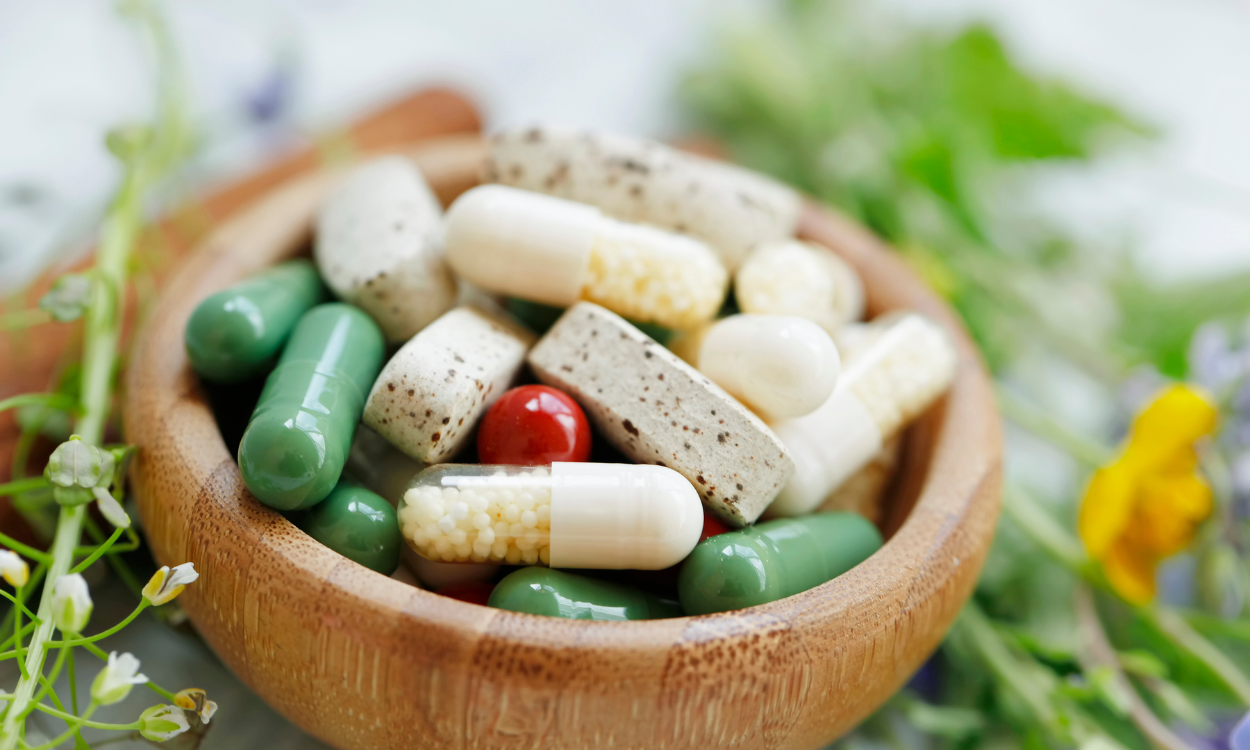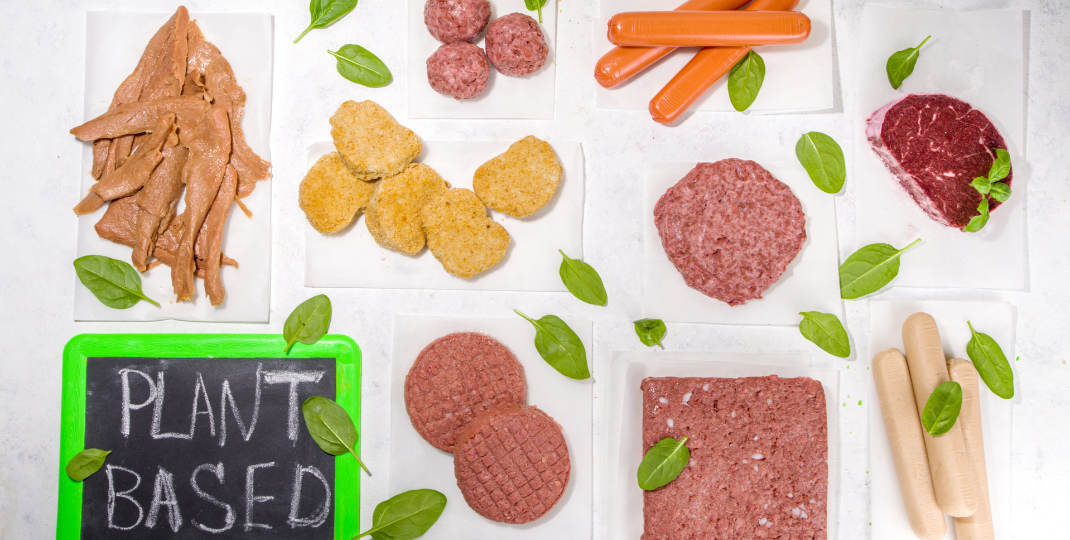Recombinant proteins produced in plants have shown great potential for various applications in biotechnology and medicine. However, one of the challenges in utilizing these proteins is maintaining their stability and bioactivity. Several strategies have been developed to address this issue, including optimizing expression systems, implementing post-translational modifications, and employing fusion tags or chaperone proteins. By understanding and applying these strategies, researchers can enhance the stability and bioactivity of recombinant proteins produced in plants, ultimately maximizing their utility and effectiveness in various applications.
Optimizing Protein Expression Levels in Plant Systems for High Stability and Bioactivity
To optimize protein expression levels in plant systems for high stability and bioactivity, several key factors must be considered. First, selecting the appropriate plant host with high protein expression capabilities and low protease activity is crucial. Next, optimizing the codon usage of the gene of interest to match the preferred codon usage of the host plant can enhance translation efficiency. Additionally, utilizing strong promoters and enhancers can increase transcriptional activity and ultimately boost protein expression levels. Furthermore, implementing proper post-translational modifications, such as glycosylation or disulfide bond formation, can improve protein stability and functionality. Lastly, conducting thorough optimization of growth conditions, including temperature, light intensity, and nutrient availability, can also contribute to maximizing protein expression levels in plant systems. By carefully considering these factors and implementing appropriate strategies, we can ensure high stability and bioactivity of expressed proteins in plant systems.

What are the best purification methods for recombinant proteins produced in plants to maintain their stability and bioactivity?
The best purification methods for recombinant proteins produced in plants to maintain their stability and bioactivity include affinity chromatography, size exclusion chromatography, and ion exchange chromatography. Affinity chromatography is particularly useful for isolating specific proteins based on their binding affinity to a ligand, while size exclusion chromatography can separate proteins based on their size and molecular weight. Ion exchange chromatography can effectively separate proteins based on their charge. These methods help to purify the protein from contaminants and ensure that the final product maintains its structural integrity and biological activity. Additionally, techniques such as dialysis and ultrafiltration can be used to further concentrate and purify the protein while maintaining its stability.
Are there specific post-translational modifications that can be applied to enhance the stability and bioactivity of plant-produced recombinant proteins?
Yes, there are several post-translational modifications that can be applied to enhance the stability and bioactivity of plant-produced recombinant proteins. These modifications include glycosylation, phosphorylation, acetylation, and disulfide bond formation. Glycosylation, in particular, has been shown to improve protein folding, stability, and solubility, as well as protect against proteolytic degradation. Additionally, phosphorylation can regulate protein function and localization, while acetylation can influence protein-protein interactions. Disulfide bond formation can also increase protein stability by facilitating proper protein folding. By applying these post-translational modifications, researchers can optimize the production of plant-produced recombinant proteins for various biomedical and industrial applications.
How can we prevent degradation of recombinant proteins during storage and transportation?
To prevent degradation of recombinant proteins during storage and transportation, several strategies can be implemented. Firstly, the proteins should be stored at appropriate temperatures, typically at -80°C or lower to inhibit enzymatic activity and maintain stability. Additionally, the proteins should be aliquoted into smaller batches to minimize freeze-thaw cycles that can lead to denaturation. It is also important to protect the proteins from exposure to light, oxygen, and moisture, which can cause oxidation and degradation. Finally, using stabilizing agents such as glycerol or trehalose can help maintain protein structure and functionality during storage and transportation. Regular monitoring of conditions and implementing proper handling procedures are crucial in preserving the integrity of recombinant proteins.
Are there certain plant species or varieties that are better suited for producing stable and bioactive recombinant proteins?
Certain plant species or varieties, such as Nicotiana benthamiana and Arabidopsis thaliana, have been shown to be better suited for producing stable and bioactive recombinant proteins due to their ability to efficiently express and fold complex proteins. These plants also have the advantage of being easily transformable and amenable to large-scale production, making them ideal candidates for biopharmaceutical production. Additionally, some plant species have inherent post-translational modification pathways that can enhance the stability and functionality of recombinant proteins, further increasing their suitability for protein production.

What role do chaperone proteins play in maintaining the stability and bioactivity of plant-produced recombinant proteins?
Chaperone proteins play a crucial role in maintaining the stability and bioactivity of plant-produced recombinant proteins by assisting in the correct folding and assembly of these proteins. They help prevent misfolding, aggregation, and degradation of the recombinant proteins, ultimately ensuring that they maintain their proper structure and function. Chaperones also facilitate the transportation of recombinant proteins within the plant cells and protect them from environmental stresses that could affect their stability. By acting as molecular escorts, chaperone proteins play a significant role in optimizing the production and quality of plant-produced recombinant proteins for various biotechnological and pharmaceutical applications.
Can nanotechnology be used to encapsulate plant-produced recombinant proteins and improve their stability and bioactivity?
Nanotechnology has the potential to revolutionize the field of biotechnology by offering a means to encapsulate plant-produced recombinant proteins, thereby improving their stability and bioactivity. Through the use of nanoscale materials such as liposomes, polymeric nanoparticles, and nanofibers, these proteins can be protected from degradation and denaturation, leading to enhanced efficacy and longer shelf life. Additionally, nanocarriers can facilitate targeted delivery of these proteins to specific cells or tissues, further enhancing their therapeutic potential. Overall, the application of nanotechnology in encapsulating plant-produced recombinant proteins holds great promise for advancing the field of biopharmaceuticals.
How can we optimize the glycosylation patterns of plant-produced recombinant proteins to enhance their stability and bioactivity?
One approach to optimizing glycosylation patterns of plant-produced recombinant proteins involves modifying the expression system used for protein production. By selecting plants with specific glycosylation machinery, such as glycoengineered plants or mutants with altered glycosylation pathways, one can tailor the glycan structures attached to the recombinant proteins. Additionally, using glycosyltransferase enzymes or glycan-modifying compounds during protein production can further manipulate the glycosylation patterns. By fine-tuning the glycan structures, one can enhance the stability and bioactivity of the recombinant proteins, as certain glycans may provide protection against proteolytic degradation or improve protein folding and binding interactions. Ultimately, optimizing glycosylation patterns can lead to improved therapeutic efficacy and bioavailability of plant-produced recombinant proteins.
Strategies for Enhancing Stability and Bioactivity of Recombinant Proteins Produced in Plants
Overall, there are several strategies that can be employed to increase the stability and bioactivity of recombinant proteins produced in plants. These include optimizing the expression system, utilizing fusion partners or tags, implementing proper purification techniques, and employing protein engineering methods. By carefully considering these factors and continuously monitoring the production process, researchers can work towards producing high-quality recombinant proteins with enhanced stability and bioactivity for various applications in biotechnology and medicine. Additionally, ongoing research and technological advancements in plant biotechnology will continue to provide new opportunities for improving the production and functionality of recombinant proteins in plants.
